We will discuss primary reflexes, also known as the Primitive Reflexes Integration Program. In this, we work on 7 Primitive Reflex, which helps in reducing or completely eliminating many symptoms of autism. It is a gradual process. In this blog first I will explain what primary reflexes actually are. After this, I will tell you about the different types of primary reflexes and finally, share Primitive Reflexes exercises that you can easily do at home. Through these exercises, you will see that many symptoms of autism are gradually reducing.
Table of Contents
Primary reflexes and their effects
Primitive reflexes are involuntary movements and actions controlled by a newborn’s brainstem. These reflexes are essential for survival, such as the sucking reflex, grasp reflex, and the Moro reflex. Their primary purpose is to ensure a baby’s basic survival needs and to support the stages of early development.
As a child grows, primitive reflexes are gradually inhibited and higher brain functions (cerebral cortex) become active. This process is called reflex integration. If these reflexes are not timely inhibited, they can affect development and functioning.
As the name suggests, primary reflexes are innate responses that are present at the time a person is born. When a baby is born, he or she is born with these specific reflexes. As the baby grows, around the age of 6 to 12 months, when the brain is rapidly developing, these primary reflexes gradually fade out. These reflexes either disappear completely or either replaced by other responses that improve our communication abilities, writing, danger recognition, and our ability to understand and process the environment.
However, if a child has autism, ADHD, or other neuro-developmental problems, the fading out of these primary reflexes may be delayed. For this reason, many aspects of the child’s growth can be affected, such as:
- Global development delay
- Emergence of symptoms of autism spectrum disorder
- Emergence of signs of ADHD
- Speech delay
- Problems with fine and gross motor skills
Usually, these primary reflexes disappear completely or are replaced by other reflexes by 12 months, maximum 18 months. For this reason, the red flags of autism become clearly visible by the age of 18 months.
Some common red flags:
- The child does not respond to the call of his name.
- Lack of concentration.
- Lack of joint attention.
- Lack of grasping skills.
- Difficulty in maintaining balance or walking properly.
- stair climbing
By looking at these red flags, you will know that the primitive reflexes has not disappeared even after 18 months in children.
Important primary reflexes and their effects:
1. TLR (Tonic Labyrinthine Reflex)
It impacts children
- Ability to focus.
- Body balance.
- Eye movement (tracking).
If this reflex does not fade out, the child will not be able to track the movement of an object from one corner to the other.
2. ATNR (Asymmetrical Tonic Neck Reflex) and STNR (Symmetrical Tonic Neck Reflex)
- ATNR (Asymmetrical Tonic Neck Reflex): This reflex causes the body to come into a fixed position as soon as one turns to one side. If it is active, there can be issues with writing and eye-hand coordination.
- STNR (Symmetrical Tonic Neck Reflex): If this reflex is not inhibited, there can be issues with posture and sitting balance, which can affect classroom performance.
Affects:
- Posture.
- Ability to read and write.
- Attention and concentration.
- Hand and eye coordination.
3. Spinal Galant Reflex
Affects:
- Sensory processing.
- The ability to understand content and sensations.
- The flexible movements of the child.
If this does not fade out, the child may experience sensory overload.
4. Moron Reflex
Affects:
- Anxiety.
- Ability to handle stress.
This reflex is checked by the doctor immediately after the birth of the newborn. The baby is dropped suddenly to see if the baby reacts to the feeling of falling (stretching out the hand and trying to catch something).
If this reflex is not present, it may be a cause for concern.
5. Grafting reflex
Affects:
- The baby’s fine and gross motor skills.
- The baby’s ability to hold two objects and place them in the right place.
6. Palmar reflux
Affects:
- Grasping skills- the child can hold 2 objects in his hand and move them from one place to another
- Fine motor skills
7. Rooting reflex
Affects:
- Communication.
- Follow motor skills.
If this reflex does not fade out, the baby would not be able to speak words or communicate clearly.
Primitive Reflex Exercises and Their Effects
If you start working on these, you can see a visible change in children within 3 to 6 months. I am saying this from experience
Understanding primal reflexes and incorporating their exercises into your daily routine is a crucial step that can reduce autism-related issues in children. This not only improves their communication skills, but also improves their body posture, confidence, eye movements, and the way they process the environment.
Ways to reduce the effects of Primitive reflexes:
1. Integration Therapy
- There are many programs available to integrate Primitive reflexes that is sensory integration programs.
- Small home exercises, such as brain gyms and neuro-developmental activities, help feed out these reflexes.
2. Sound Frequency Therapy
- Sound frequencies such as temple bells, singing bowls, and Om chanting help in calming the mind and healing.
- The frequency of 432 Hz is considered to be “God’s Frequency”. You can find it on google and on YouTube.
- It reduces the child’s stress and anxiety.
3. Exercise and Physical Activities

- Practice standing on a balancing board or one leg to improve balance.
- Deep pressure massage or a tight hug are very beneficial for improving body posture and reducing anxiety.
- Activities like swimming and running are also effective, as they activate the whole body at once.
4. Meditation
- Meditation does not mean just sitting quietly and meditating.
- Make it a habit to sit without any sensory input for 10-15 minutes every day. This gradually reduces stress.
- Though it takes time to be effective, the results are very positive.
5. Handwork Activities
- Watercolor painting, play dough, and playing with clay improve children’s creativity and motor skills.
- Activities like tracing and drawing help improve children’s hand-eye coordination and focus.
6. Physical Fitness
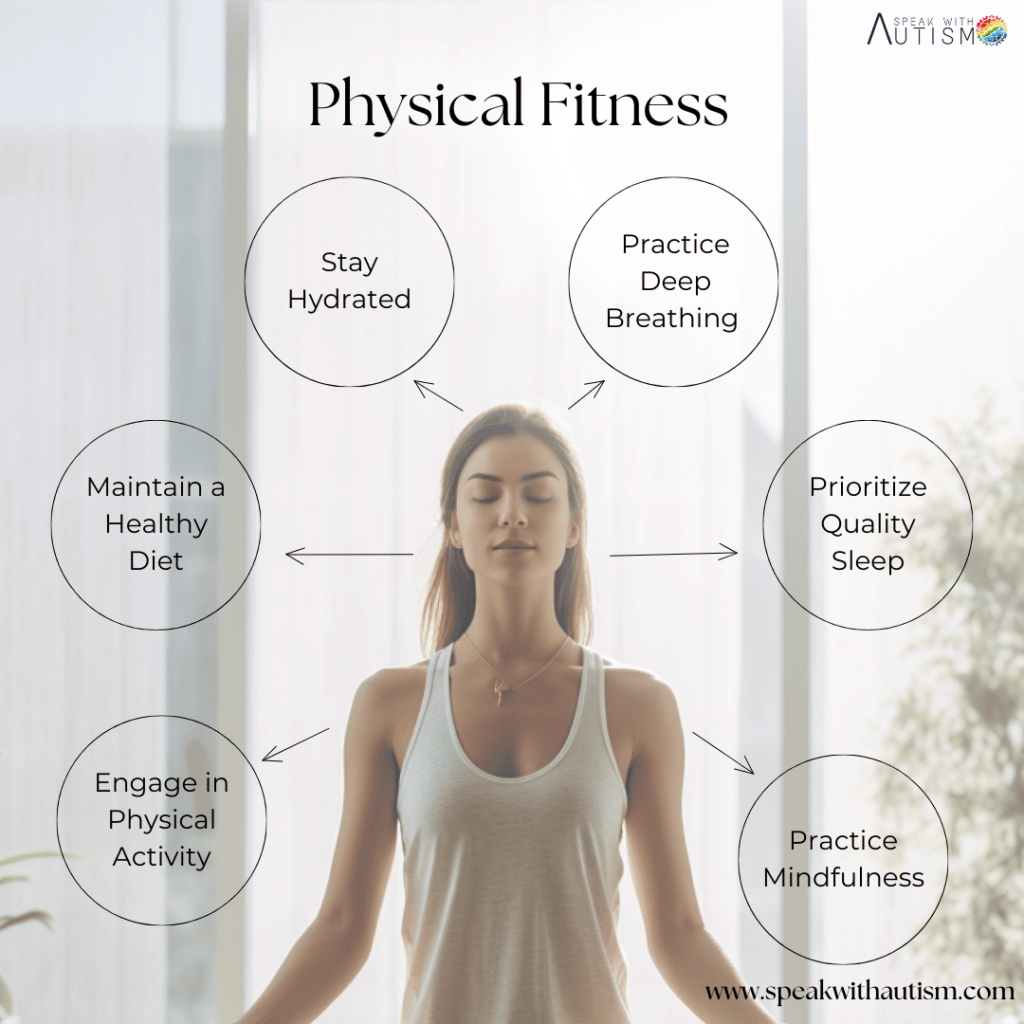
Activities like boxing, yoga, running and swimming accelerate the physical and mental development of children.
Exercises to reduce the effect of each primitive Reflex
I. TLR (Tonic Labyrinthine Reflex) Exercises
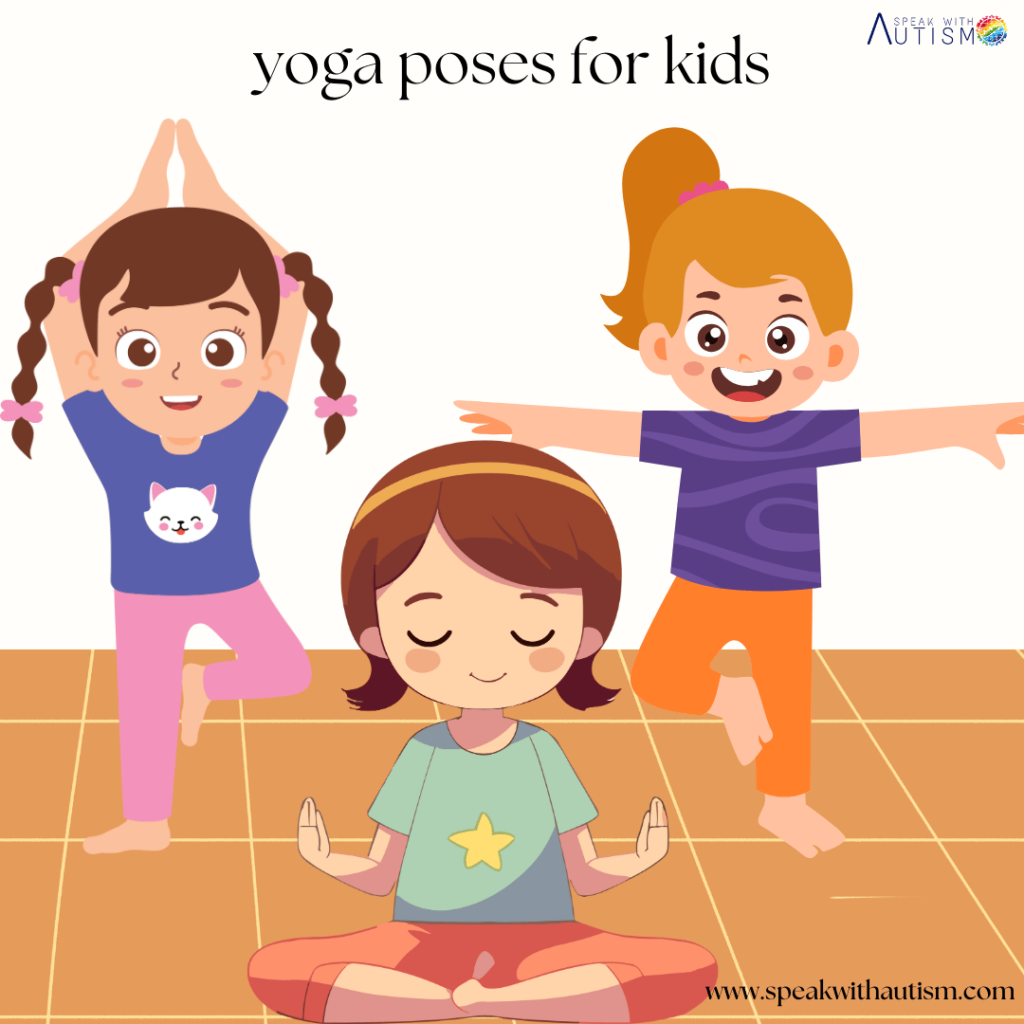
- Practice with a balancing board to improve balance.
- Teach the child to stand on one leg to enhance coordination and stability.
- Work on eye movement by teaching eye tracking. Hold their favorite toy and guide the child to follow it with their eyes—left, right, up, and down.
II. Moron reflex Exercises
1. Deep Compression Massage and Tight Hug:
- Deep Compression Massage: Massage the joints (e.g. wrists, elbows, knees) of the child by applying gentle pressure. It helps to satisfy their sensory needs and provide relaxation.
- Tight Hug: Hugging is soothing to children. It gives a feeling of security and love and helps in sensory integration.
2. Meditation:
- Meditation is not just about chanting mantras or making sounds. It aims to calm your thoughts and bring them to “thought zero”.
- Choose a quiet place to start with where there is no sensory input (e.g. sounds, visuals).
How to do it?
- Start with 10-15 minutes daily.
- Gradually increase it to 30 minutes.
- Without any devices (phones, TV), sit quietly and just let your mind be still.
Benefits:
- Reduces cortisol (stress hormone) levels.
- by Controls level automatically reduce anxiety and stress.
- Helps the body and mind function better.
- Over time, a feeling of deep peace and bliss develops.
These techniques are beneficial for children as well as adults. If you follow them regularly, not only will you get mental peace, but your physical health will also improve.
III. Palmar Grasping reflex Exercises
Doing activities like nuts and bolts fixation, pen cover fixing etc. with children is very beneficial to improve finger and hand movement. Some of these easy and fun ways are:
1. Hand Painting: The easiest and the best way
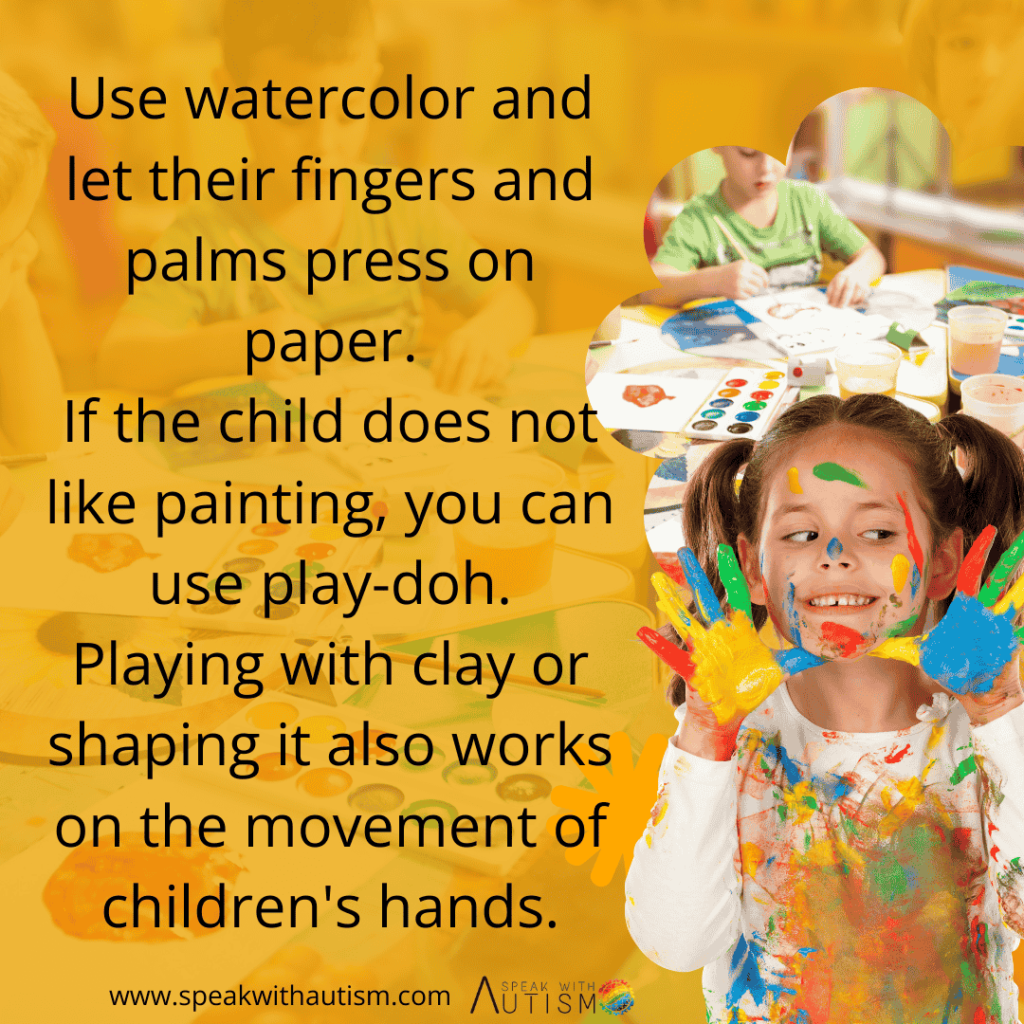
- Children love hand painting.
- Use watercolor and let their fingers and palms press on paper.
- If the child does not like painting, you can use play-dough.
- Playing with clay or shaping it also works on the movement of children’s hands.
2. Play-dough and Clay Activities:
- Encourage children to make different shapes from play-dough.
- Teach them how to knead the play-dough, which is beneficial for the muscles of the hands.
3. Coloring Activities:
- Give children a coloring book and teach them to “color within boundaries”.
- This activity helps in increasing cognitive ability (ability to think and understand).
4. Shoulder Movement:
- Teach children to rotate their shoulders clockwise and anti-clockwise.
- This exercise improves arm and shoulder movement.
5. Pattern and Text Tracking:
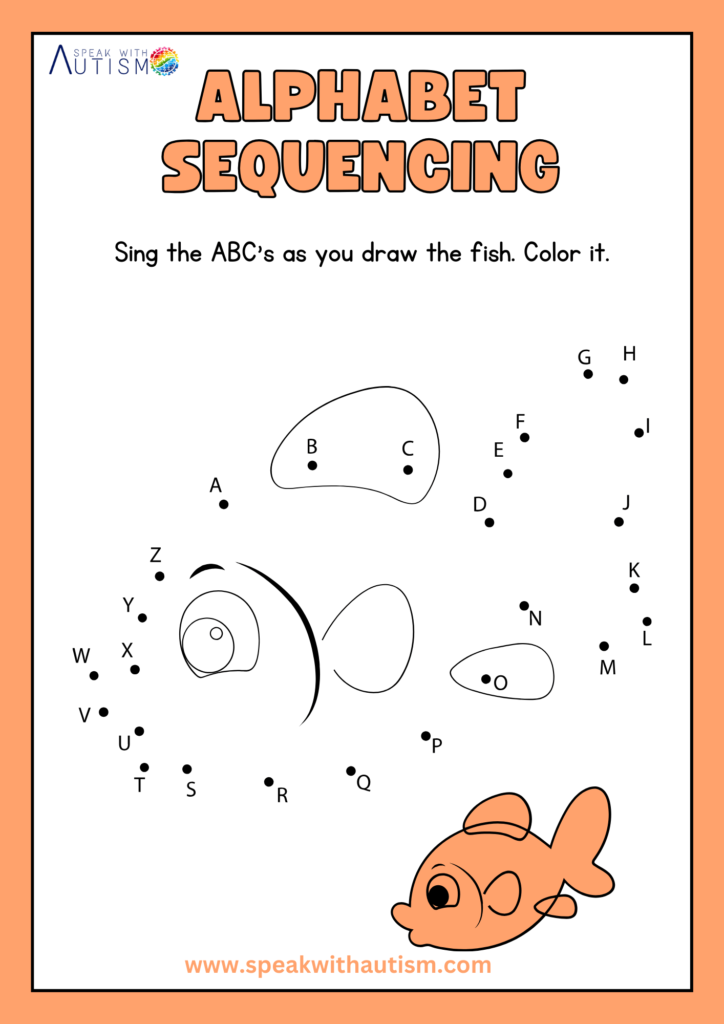
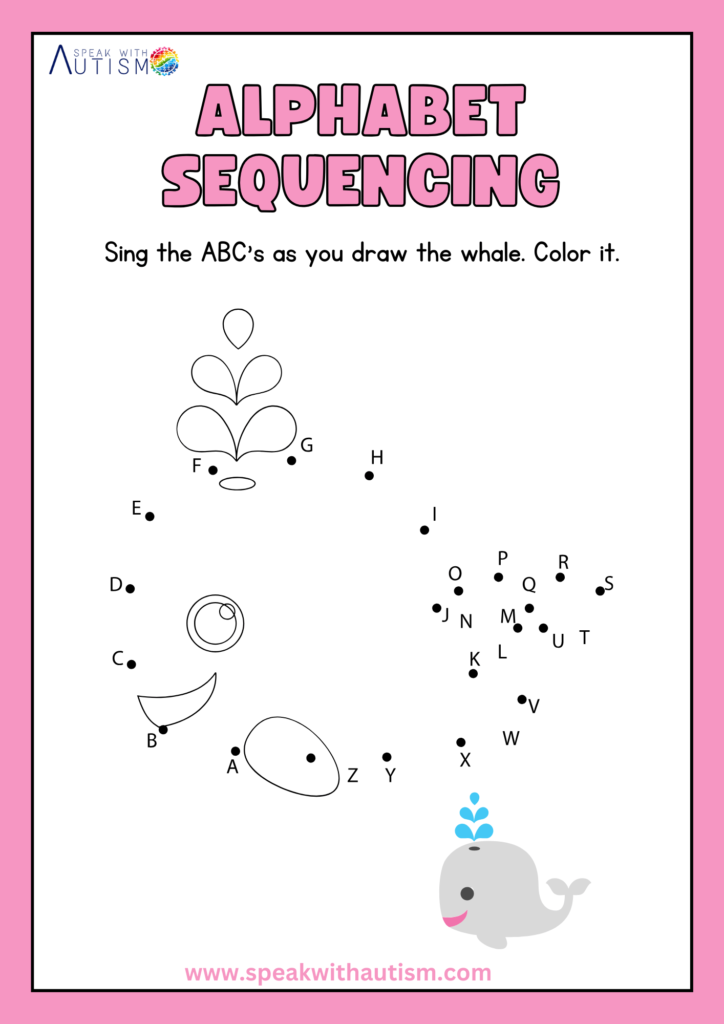
- Teach children to trace alphabets (A, B, C) and numbers (1, 2, 3).
- Also, ask them to trace complex patterns.
- The “Join the Dots” activity helps children improve hand tracking and movement.
- Example: Join the dots from A to B to C.
IV. Spinal Galant Reflex Exercises
There are many types of exercises and activities that can be beneficial for our children to increase call strength. Some of the main options are as follows:
1. Bridge Exercise
This exercise helps in building body strength and strengthening muscles.

2. Meditation and Yoga
Meditation and yoga improve the mental and physical balance of the child.
3. Boxing:
Boxing helps in increasing the strength, stamina and focus of children.
4. Running:
Running is a complete exercise that activates the muscles of the whole body.
5. Swimming:
- Swimming is a great exercise for the body as it helps the muscles of the whole body to work together.
- According to me, exercises like swimming and running are most effective in making the body completely active and strong.
Conclusion
All this information is based on my personal experiences, discussions with other parents, and internet research. Trying out these methods helps bring positive changes in children. Whether it is their communication skills, motor skills, or their overall personality development, you can see a huge difference in their lives with these practices.
Frequently Asked Questions
What is Primitive reflexes ?
Primitive reflexes are involuntary movements and actions controlled by a newborn’s brainstem. These reflexes are essential for survival, such as the sucking reflex, grasp reflex, and the Moro reflex. Their primary purpose is to ensure a baby’s basic survival needs and to support the stages of early development.
As a child grows, primitive reflexes are gradually inhibited and higher brain functions (cerebral cortex) become active. This process is called reflex integration. If these reflexes are not timely inhibited, they can affect development and functioning.
What exercises are used to integrate primitive reflexes?
Exercises to Integrate Primitive Reflexes
Occupational Therapy (OT): OT involves reflex integration exercises that target specific reflexes.
Proprioceptive Activities: Push-pull exercises and deep pressure activities.
Crawling Activities: These help integrate the STNR and ATNR reflexes.
Balance Exercises: These help strengthen the vestibular system.
If you think your child’s primitive reflexes are active and their development is being impacted, it is useful to consult an occupational therapist or developmental pediatrician
What role do primitive reflexes play in autism?
Common Primitive Reflexes and Their Role in Autism
Moro Reflex
This reflex is a sudden startle response. If it is active, the child will be easily started but will struggle with anxiety and overstimulation.
ATNR (Asymmetrical Tonic Neck Reflex)
This reflex causes the body to come into a fixed position as soon as one turns to one side. If it is active, there can be issues with writing and eye-hand coordination.
STNR (Symmetrical Tonic Neck Reflex)
If this reflex is not inhibited, there can be issues with posture and sitting balance, which can affect classroom performance.
Palmar Grasp Reflex
If it is not inhibited, there can be difficulties in fine motor skills such as holding a pencil and writing.
What is the Connection Between Primitive Reflexes and Autism?
The link between primitive reflexes and Autism Spectrum Disorder (ASD) is understood as follows:
Reflex Integration Issues
In autism, primitive reflexes are often not fully inhibited, which means that these reflexes can remain active even after childhood. This is a sign of neurological immaturity that impacts sensory processing, motor coordination, and behavior.
Sensory Processing Challenges
Active primitive reflexes make it difficult to properly process sensory input, which can lead to sensory overload or sensory sensitivity. This is directly linked to the sensory processing challenges of autism.
Motor Development Delays
If reflexes are not inhibited, fine and gross motor skills are affected. Issues such as walking, writing, and balance can arise.
Behavioral Patterns and Learning Issues
The presence of primitive reflexes can disrupt focus, attention, and learning abilities. These things overlap with the core challenges of autism.
